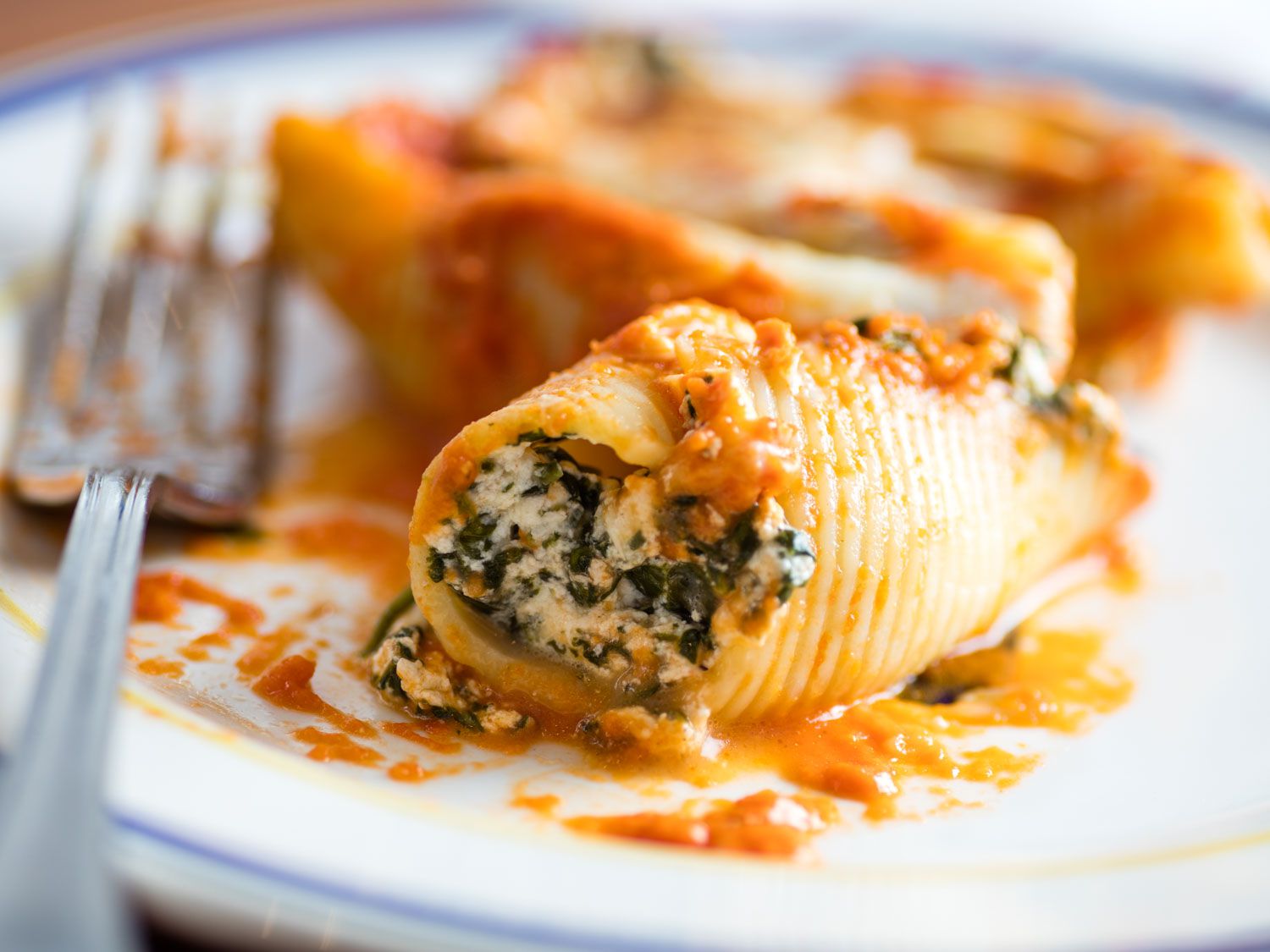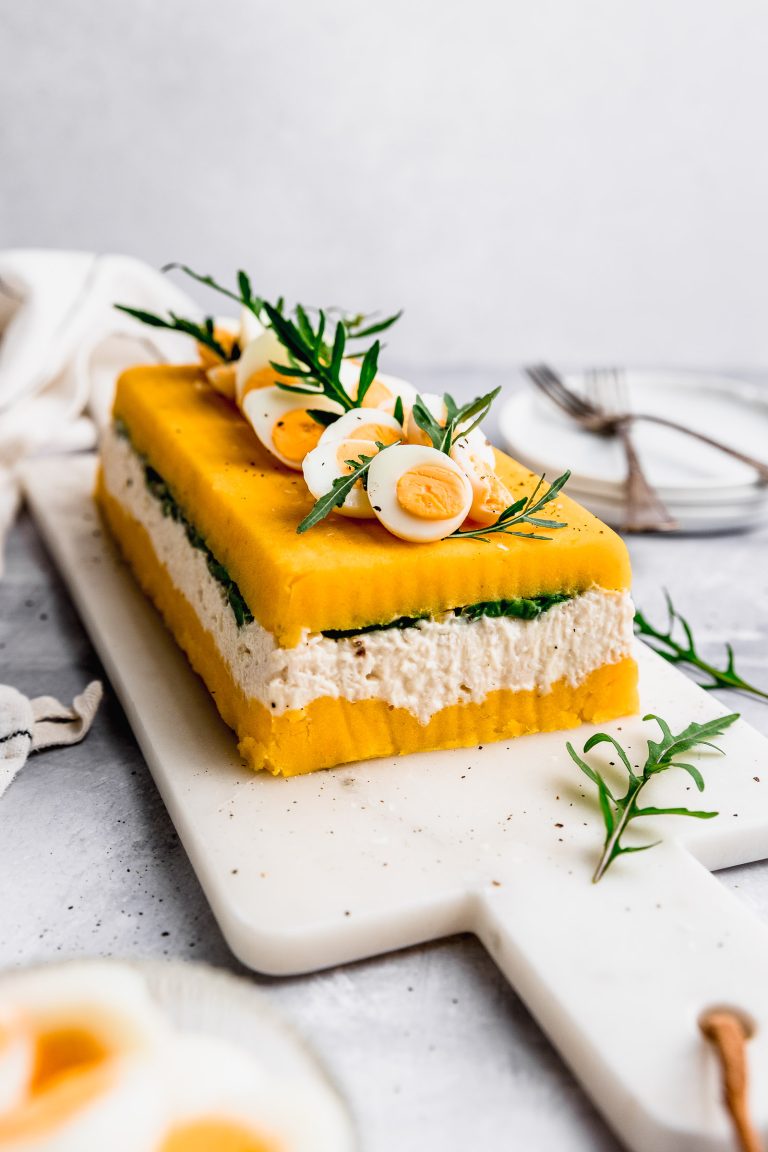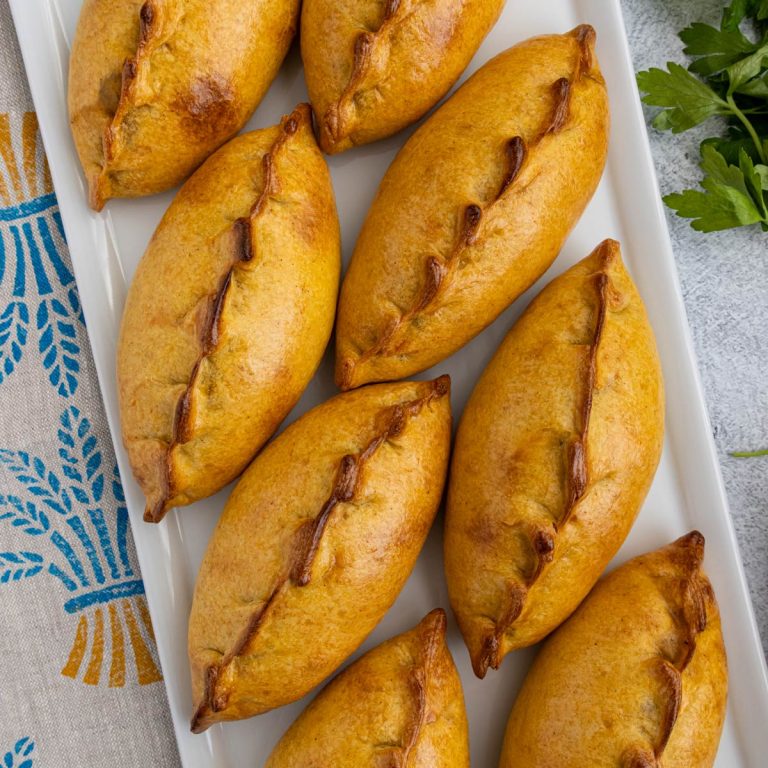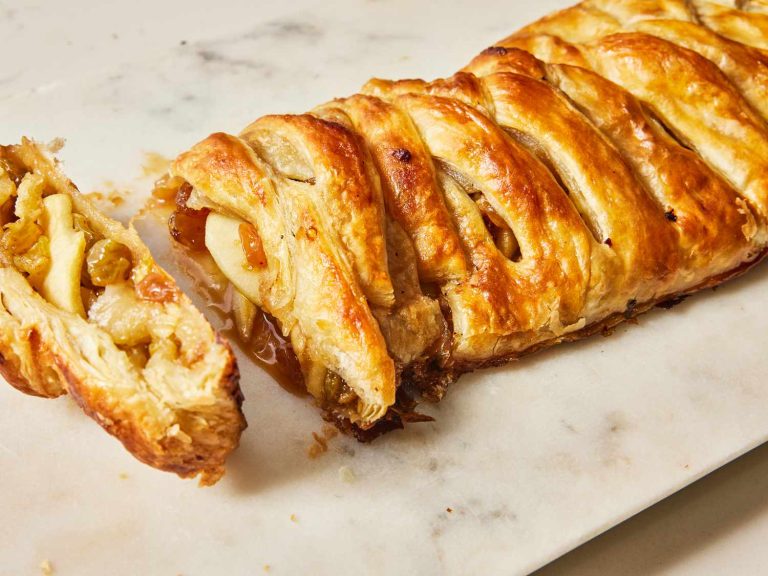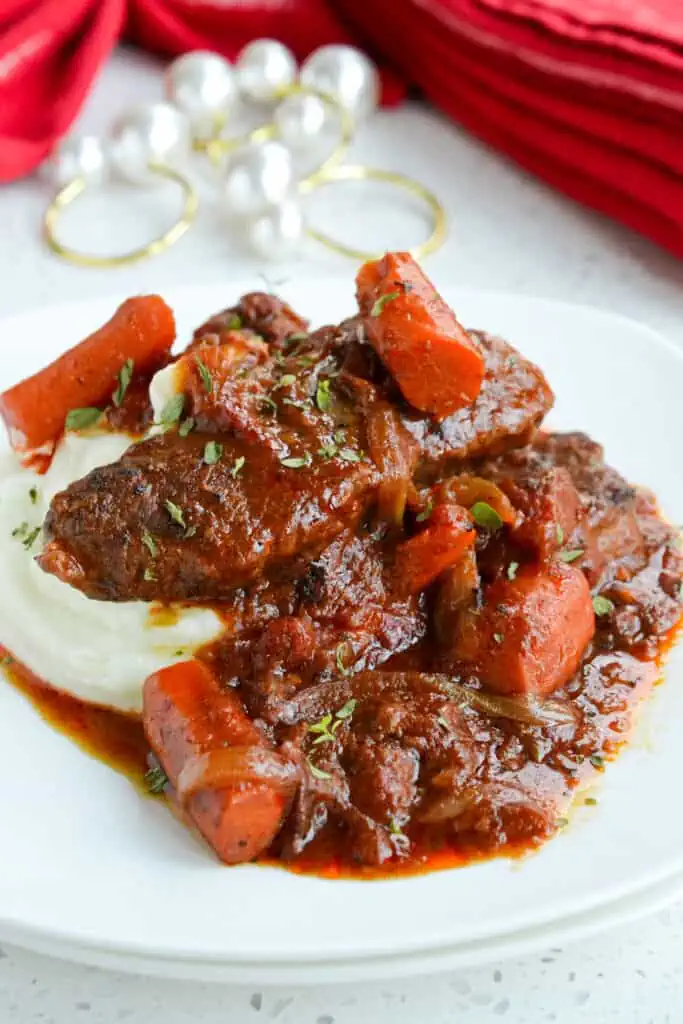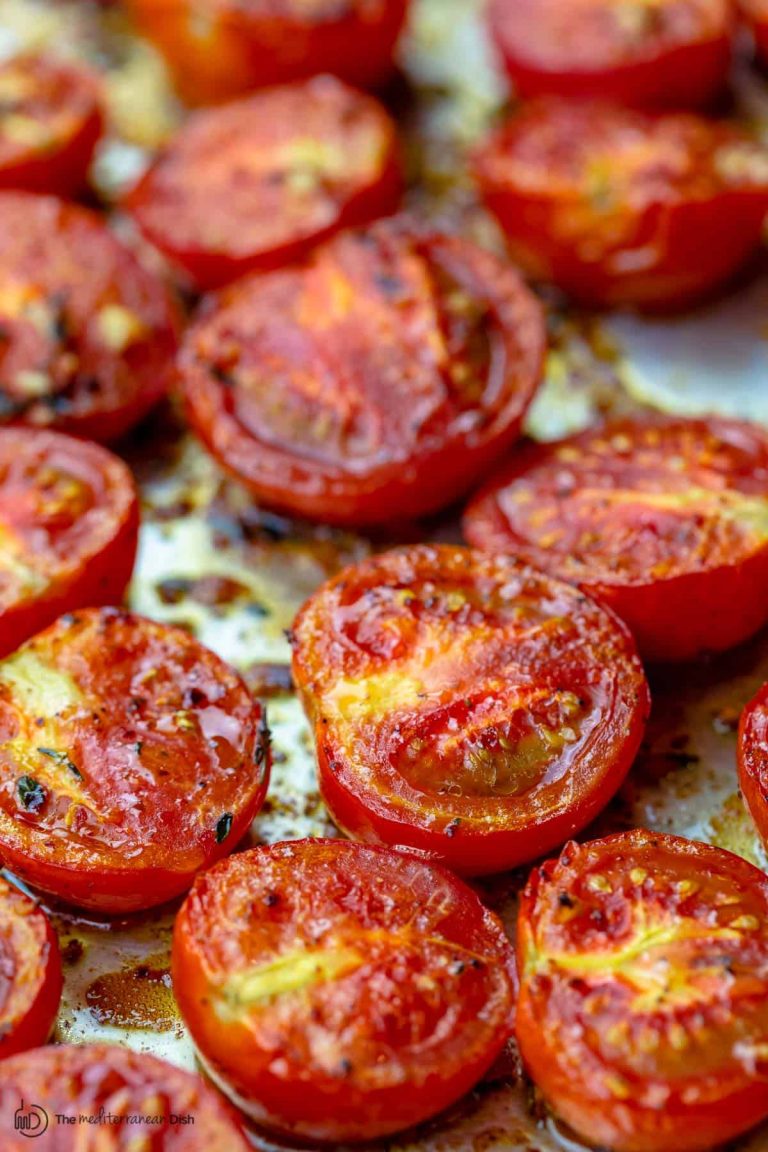Italian Stuffed Pasta Tubes: Recipes, History, and Cooking Tips
Italian stuffed pasta tubes, specifically cannelloni, boast a rich history in Italy’s culinary landscape. Cannelloni, meaning “large reeds,” originated in the Emilia-Romagna region, home to many iconic Italian dishes. The practice of stuffing pasta dates back to the Renaissance when Italian nobility enjoyed elaborate meals, including stuffed pasta with various fillings.
The cultural significance of cannelloni lies in its embodiment of Italian family tradition. You often find cannelloni featured at Sunday dinners and festive gatherings, reflecting Italy’s emphasis on family and communal dining. These dishes represent not just a meal but an experience where food and family bonds converge.
Regional Variations
Regional variations of stuffed pasta tubes in Italy highlight the diversity of Italian cuisine. In the north, you’ll encounter cannelloni filled with rich cheeses like ricotta mixed with spinach and topped with béchamel sauce. In Central Italy, meaty fillings take precedence, with ground veal, pork, or beef frequently used and topped with flavorful tomato sauce.
Southern regions introduce unique twists, often incorporating local ingredients. In Sicily, for instance, you might find cannelloni filled with eggplant and seafood, reflecting the island’s Mediterranean influences. These regional differences showcase Italy’s rich culinary tapestry and provide a plethora of flavors for you to explore.
Types of Italian Stuffed Pasta Tubes
Cannelloni
Cannelloni, originating from the Emilia-Romagna region, are large pasta tubes filled with ingredients like meat, cheese, and vegetables. Typically, these tubes are boiled, stuffed, covered in sauce—such as marinara or béchamel—and baked. Traditional fillings often include ground beef, ricotta, and spinach. You’ll find variations like seafood or chicken fillings, especially in coastal regions. Cooking cannelloni involves stuffing uncooked tubes and baking them until tender, resulting in a deliciously rich dish.
Manicotti
Manicotti, similarly shaped to cannelloni but ribbed for texture, are often stuffed with a cheese mixture. Common fillings include ricotta, mozzarella, and parmesan, mixed with spinach or herbs. These Italian stuffed pasta tubes are typically parboiled before stuffing, ensuring they soften perfectly during baking. Manicotti tubes are covered in tomato sauce and sometimes topped with a layer of cheese, offering a delectable baked pasta experience. While cannelloni tends to have ground meat variations, manicotti usually emphasizes cheese-centric fillings.
Ingredients and Preparation
Common Ingredients for Stuffing
Italian stuffed pasta tubes like cannelloni and manicotti share several common ingredients for stuffing. You’ll often find a cheese mixture, such as ricotta, mozzarella, and Parmesan. Spinach is another frequent addition, providing a nutritious green element.
For meat fillings, ground beef, sausage, or veal deliver robust flavors. Ingredients like onions, garlic, and herbs such as basil, oregano, and parsley balance these rich components. Nutmeg may also be included for a subtle warmth, particularly in cheese-based stuffings.
Cheese-based filling:
- Ricotta
- Mozzarella
- Parmesan
- Spinach
- Nutmeg
Meat-based filling:
- Ground beef
- Sausage
- Veal
- Onions
- Garlic
- Basil, oregano, parsley
Sauce Pairings
The sauces used with these pasta tubes enhance and complement the stuffing’s flavors. Tomato-based sauces, such as marinara and bolognese, remain popular choices. These add acidity and savory depth, balancing the richness of cheese or meat fillings.
For a creamier option, béchamel sauce is often used, especially with cannelloni. It offers a smooth, velvety texture that pairs well with delicate cheese fillings.
Common sauce pairings:
- Marinara
- Bolognese
- Béchamel
When choosing a sauce, consider the stuffing’s primary ingredients. Cheese-filled pasta pairs well with both tomato and cream-based sauces, whereas meat-filled pasta benefits from the acidity of tomato-based sauces.
Cooking Techniques for Stuffed Pasta Tubes
Baking Methods
Baking methods directly impact the quality of stuffed pasta tubes. Always preheat the oven to 375°F to ensure even cooking. Use a baking dish, ideally glass or ceramic, to distribute heat uniformly. Spread a thin layer of sauce, marinara or béchamel, at the bottom to prevent sticking. Arrange the stuffed pasta tubes, leaving slight gaps to ensure even heat circulation.
Cover the dish with aluminum foil for the first 20 minutes to retain moisture. Remove the foil for the last 10 minutes to achieve a golden, slightly crispy top. Bake for a total of 30 minutes, verifying the internal temperature reaches 165°F.
Tips for Perfect Texture
Perfect texture enhances the eating experience of stuffed pasta tubes. First, undercook the pasta tubes by two minutes before stuffing, ensuring they don’t become mushy during baking. Aim for an al dente texture, maintaining firmness.
Use a piping bag for even filling distribution, avoiding overstuffing, which prevents pasta breakage. When layering sauces, ensure balanced quantities. Too much sauce leads to sogginess, while too little causes dryness.
Finally, let the dish rest for five minutes post-baking. This step allows the filling to set and makes serving easier.
Popular Italian Stuffed Pasta Tube Recipes
Traditional Cannelloni Recipes
Traditional cannelloni recipes often feature a mix of ricotta cheese and spinach or a meaty filling like ground beef. For the classic combination of ricotta and spinach, blend ricotta, thawed spinach (squeezed dry), Parmesan, egg, and nutmeg in a bowl. For meat lovers, sauté ground beef with onions, garlic, and herbs, then mix with tomato sauce, egg, and breadcrumbs. Either filling gets piped into par-cooked cannelloni tubes, which are then laid in a baking dish with marinara at the base. Cover with more sauce and a sprinkling of mozzarella before baking at 375°F (190°C) for 35 minutes.
Creative Variations on Manicotti
Manicotti allows for more creative fillings than traditional cannelloni. Consider using ricotta with butternut squash purée and sage for a fall-inspired dish. For seafood fans, try a blend of ricotta and crab meat with lemon zest and chives. To fill, pipe your chosen mixture into partially cooked manicotti shells. Arrange these filled shells in a baking dish with a creamy béchamel or tomato basil sauce at the bottom. Sprinkle with mozzarella and bake at 375°F (190°C) for 30-35 minutes.
Conclusion
Exploring the world of Italian stuffed pasta tubes opens up a culinary adventure that’s both traditional and innovative. Whether you’re drawn to classic recipes with ricotta and spinach or eager to try creative fillings like butternut squash purée with sage, the possibilities are endless. By mastering a few key techniques and experimenting with various ingredients and sauces, you can bring the rich flavors of Italy into your kitchen. So, gather your ingredients, preheat your oven, and get ready to enjoy a delicious and satisfying meal that celebrates the essence of Italian cuisine. Buon appetito!
